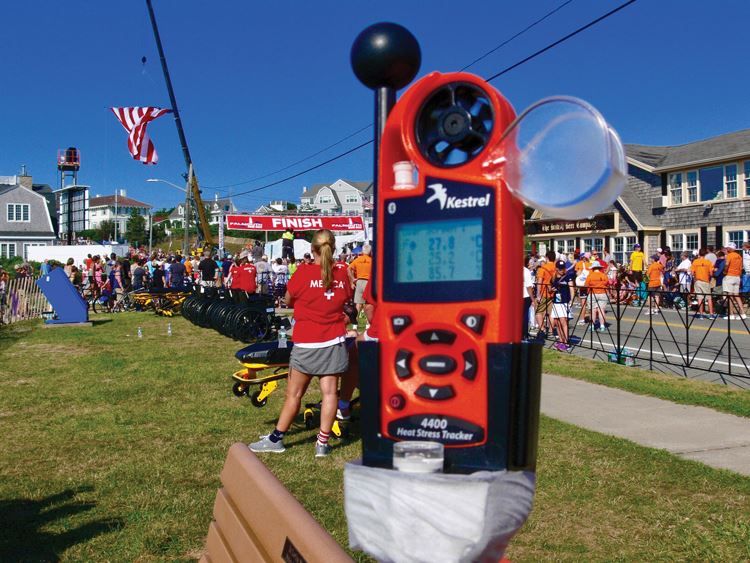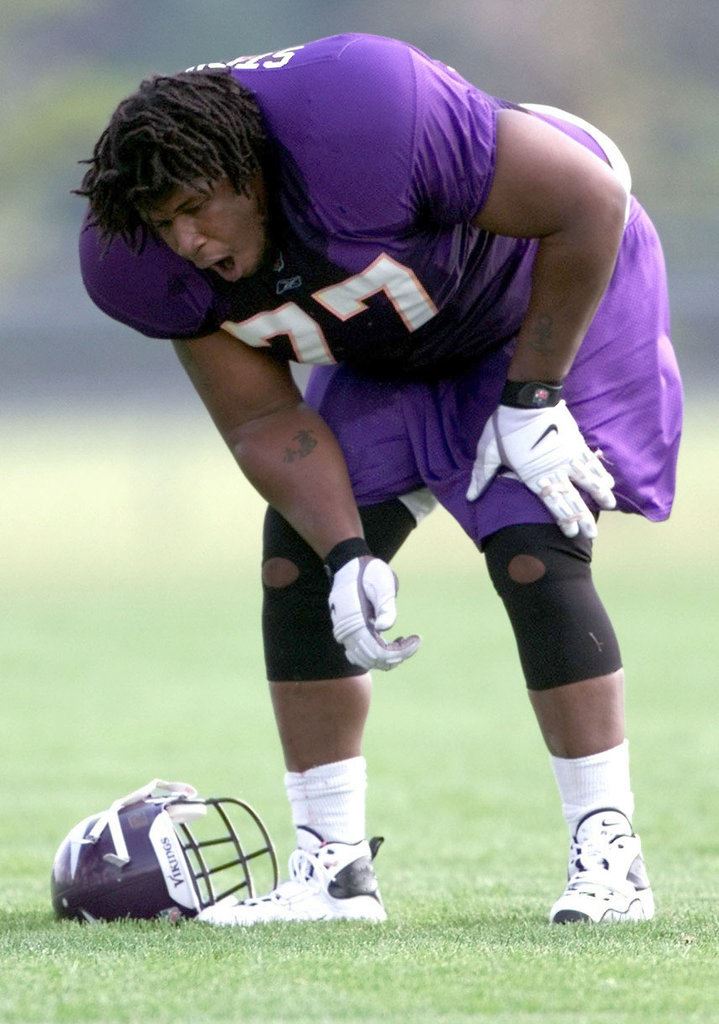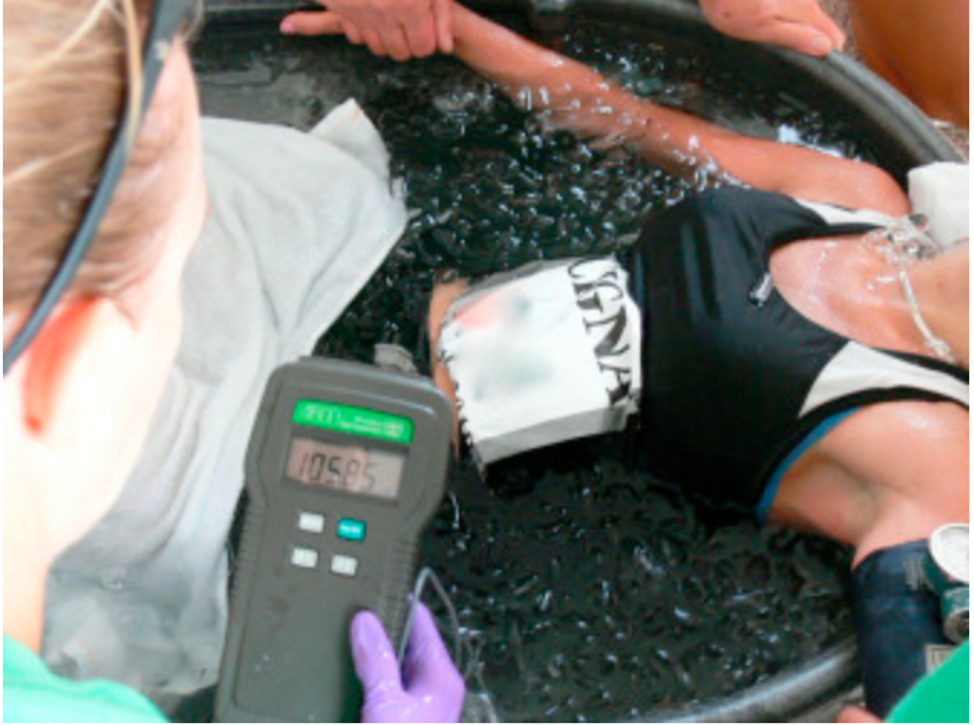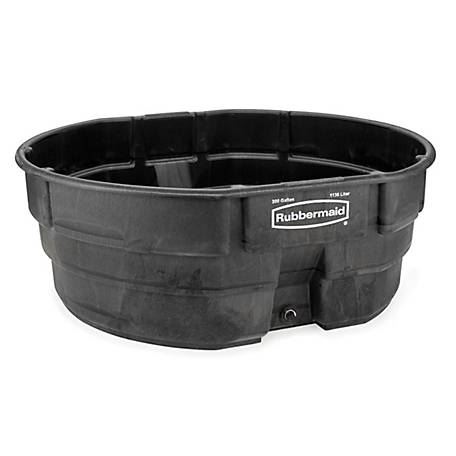2020 Serious Sports Injury
REMY HIDALGO LAW


Action Item: "relative to the health and safety of students who participate in school-sanctioned athletics; to provide for an emergency action plan; to provide for coaches certification program; to provide for sports injury management program;" REMY HIDALGO LAW ACT 259 LINK
ACSM - Exertional Heat Illness during Training and Competition (This pronouncement was written for the American College of Sports Medicine by Lawrence E. Armstrong, Ph.D., FACSM (Chair); Douglas J. Casa, Ph.D., ATC, FACSM; Mindy Millard-Stafford, Ph.D., FACSM, Daniel S. Moran, Ph.D., FACSM; Scott W. Pyne, M.D., FACSM; and Wiliam O. Roberts, M.D., FACSM)
National Athletic Trainers’ Association Position Statement: Exertional Heat Illnesses (Helen M. Binkley*; Joseph Beckett†; Douglas J. Casa‡; Douglas M. Kleiner§; Paul E. Plummer)
1. Ensure that appropriate medical care is available and that rescue personnel are familiar with exertional heat illness prevention, recognition, and treatment
2. Conduct a thorough, physician-supervised, preparticipation medical screening before the season starts to identify athletes predisposed to heat illness
3. Adapt athletes to exercise in the heat (acclimatization) gradually over 10 to 14 days.
4. Educate athletes and coaches regarding the prevention, recognition, and treatment of heat illnesses
5. Educate athletes to match fluid intake with sweat and urine losses to maintain adequate hydration
6. Encourage athletes to sleep at least 6 to 8 hours at night in a cool environment
7. Develop event and practice guidelines for hot, humid weather that anticipate potential problems encountered based on the wet-bulb globe temperature
8. Check the environmental conditions before and during the activity, and adjust the practice schedule accordingly
9. Plan rest breaks to match the environmental conditions and the intensity of the activity
10. Implement rest periods at mealtime by allowing 2 to 3 hours for food, fluids, nutrients, and electrolytes (sodium and potassium) to move into the small intestine and bloodstream before the next practice
11. Provide an adequate supply of proper fluids (water or sports drinks) to maintain hydration
12. Weigh high-risk athletes (in high-risk conditions, weigh all athletes) before and after practice to estimate the amount of body water lost during practice and to ensure a return to prepractice weight before the next practice.
13. Minimize the amount of equipment and clothing worn by the athlete in hot or humid (or both) conditions.
14. Minimize warm-up time when feasible, and conduct warm-up sessions in the shade when possible to minimize the radiant heat load in ‘‘high’’ or ‘‘very high’’ or ‘‘extreme or hazardous’’
15. Allow athletes to practice in shaded areas and use electric or cooling fans to circulate air whenever feasible
NATA - “Preseason HEAT-ACCLIMATIZATION guidelines for Secondary School Athletics Consensus Statement
In principle, the LATA should take a leading role in ensuring the health and safety to children participating in interscholastic athletics. We must do a better job educating our peers, coaches, and parents to understand the importance of an AT at the secondary school setting.
* The creation and implementation of an Emergency Action Plan (EAP) for each athletic venue. Reviewed annually
* Utilization of "best practices" for Heat acclimatization and Wet Bulb Globe Temperate monitoring
* Annual Coaching Education
* Cold Water Immersion Tanks
RESOURCES
Say "Thanks" and donate "TANKS"
KOREY STRINGER INSTITUTE RANKINGS
Preparing for an emergency should be the top priority for schools to ensure the safety of their athletes. Through the implementation of required policies and procedures, schools can be well prepared in the unfortunate event of a catastrophic injury. LOUISIANA RANKED # 7
At the Korey Stringer Institute, we have utilized best practice documents related to the top causes of sudden death in high school athletes to compile a group of policies that represent these best practices. These polices are relevant to the best practices developed for the top causes of sudden death in sport. Based off the “Inter-Association Task Force Document Preventing Sudden Death in Secondary School Athletics” document, the policies outlined on this website were evaluated directly from publicly available resources such as state high school associations and legislative websites.
Ranking of states regarding the implementation of evidence-based best practices for preventing and managing the leading causes of sudden death in secondary school athletics. State-Level Implementation of Health and Safety Policies to Prevent Sudden Death and Catastrophic Injuries Within Secondary School Athletics, the study which details the results, is publish in The Orthopedic Journal of Sports Medicine.pdf.
State High School Sports Safety Policies Press Conference
.png)



